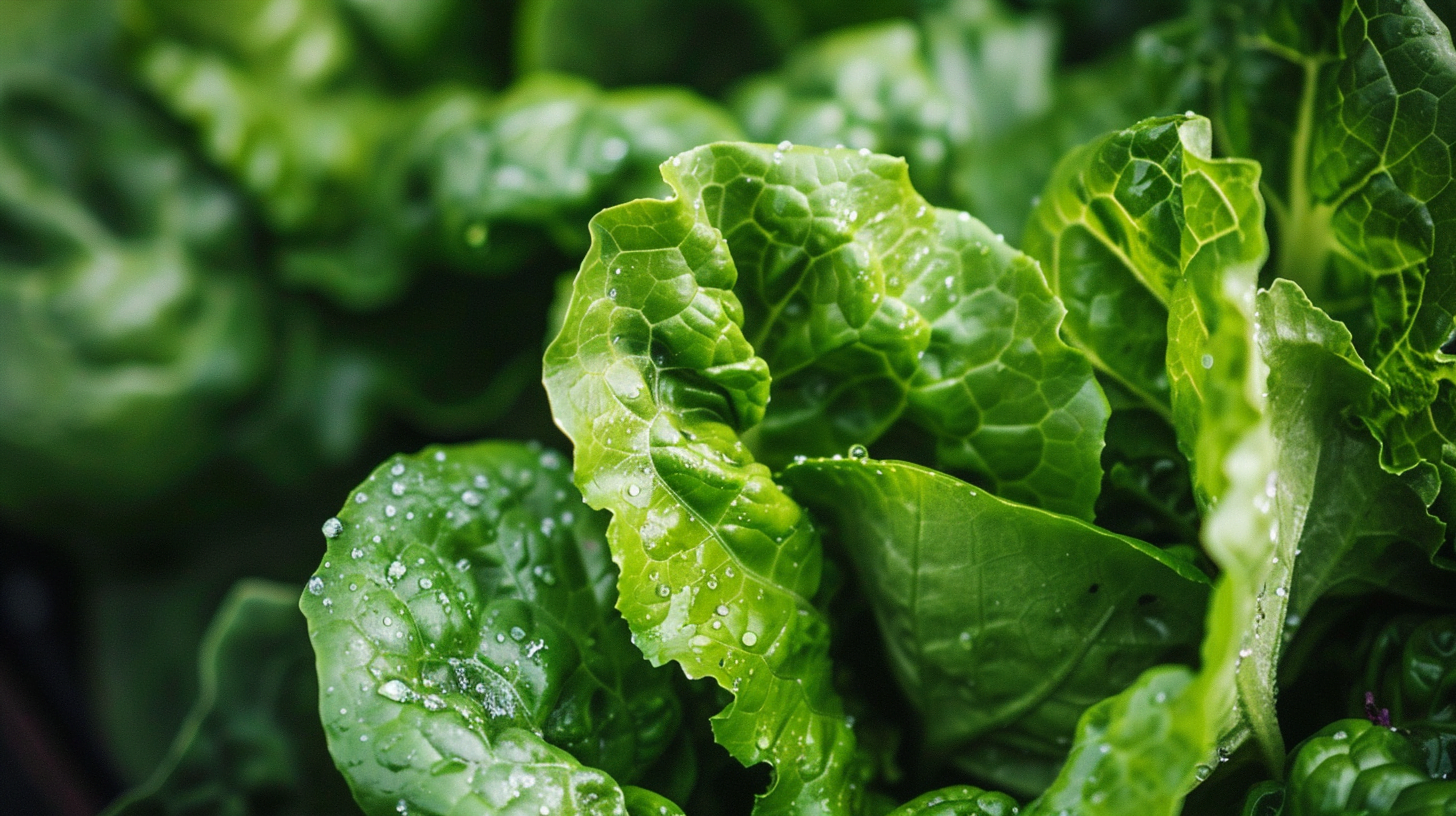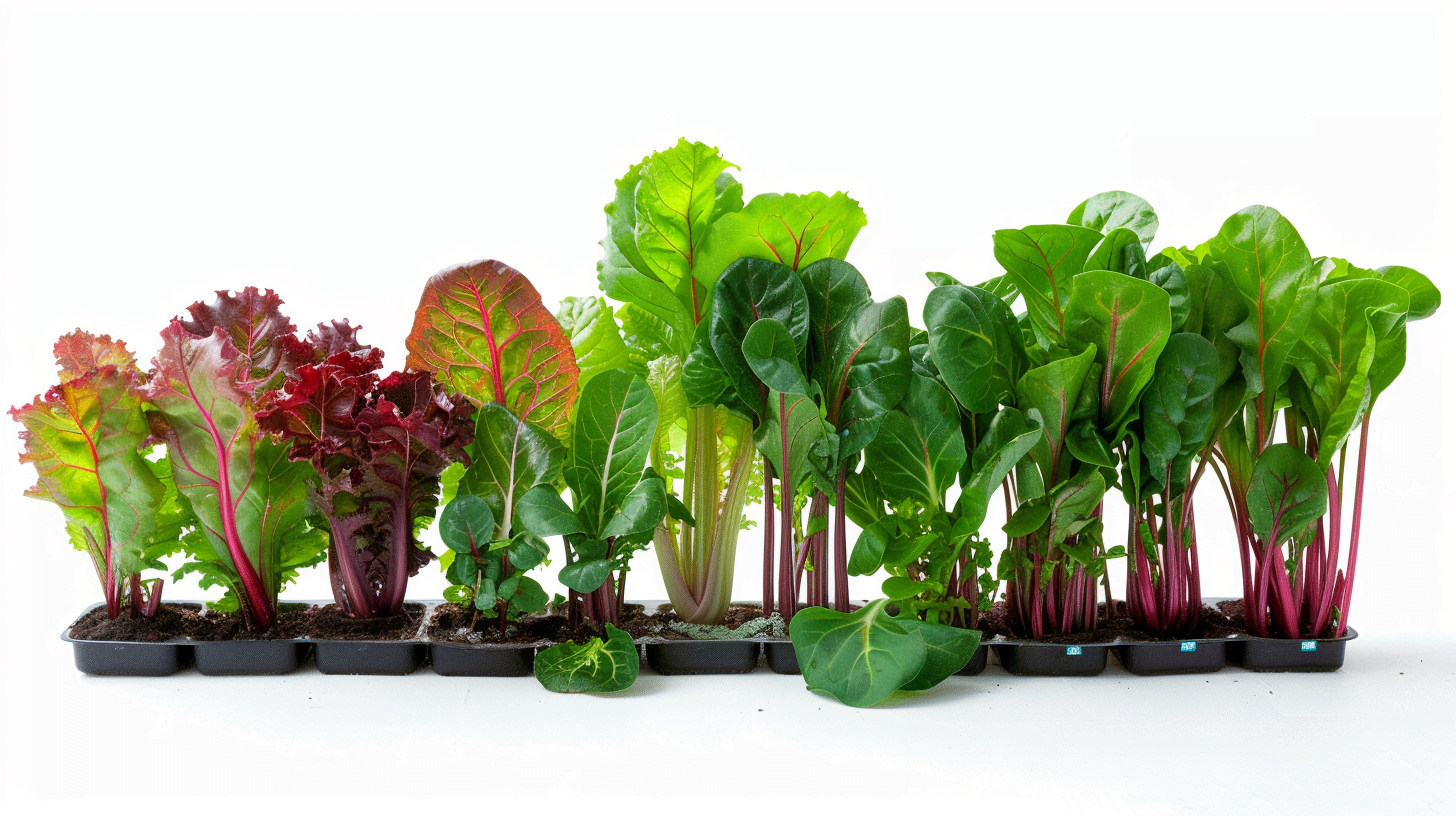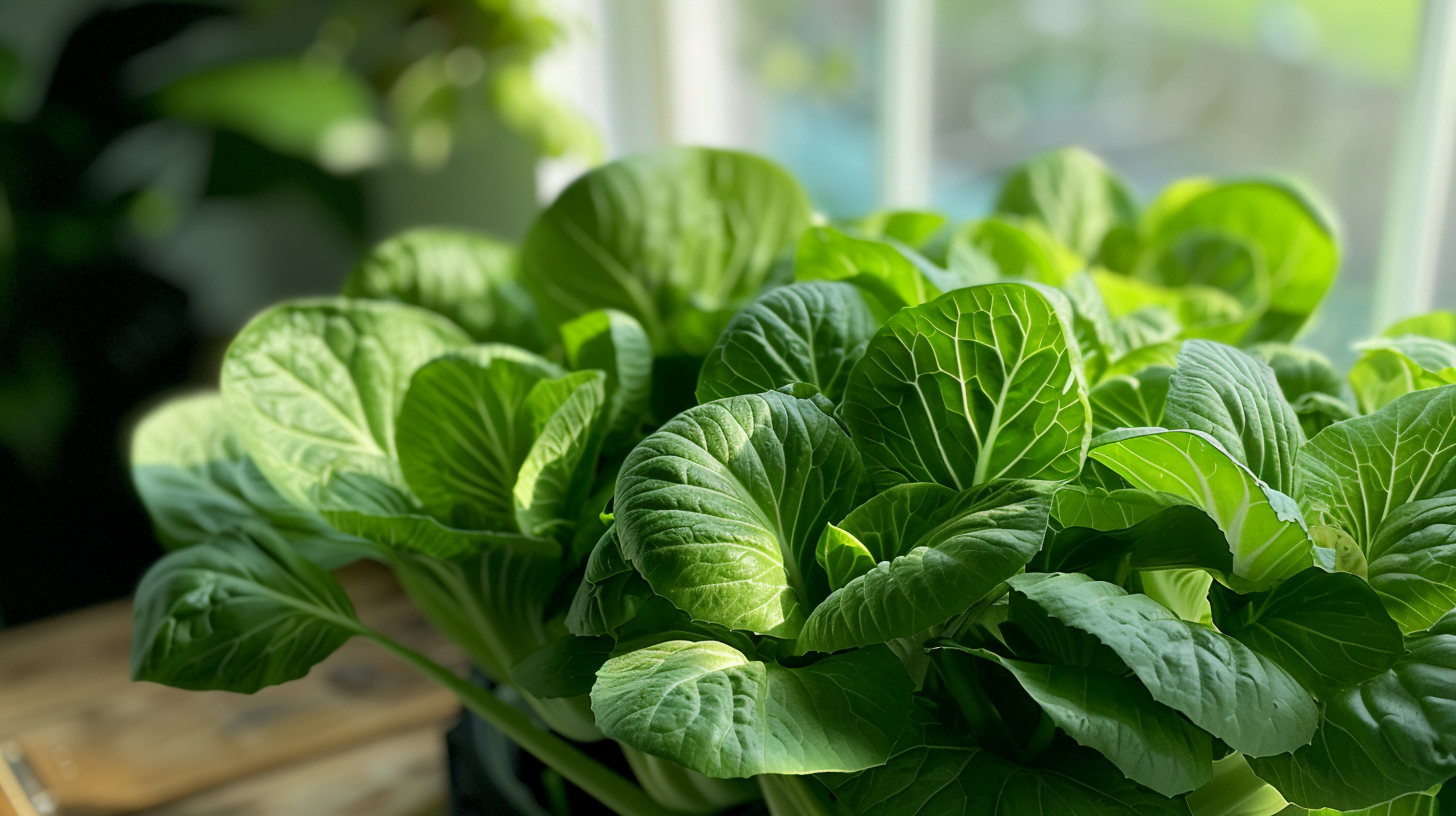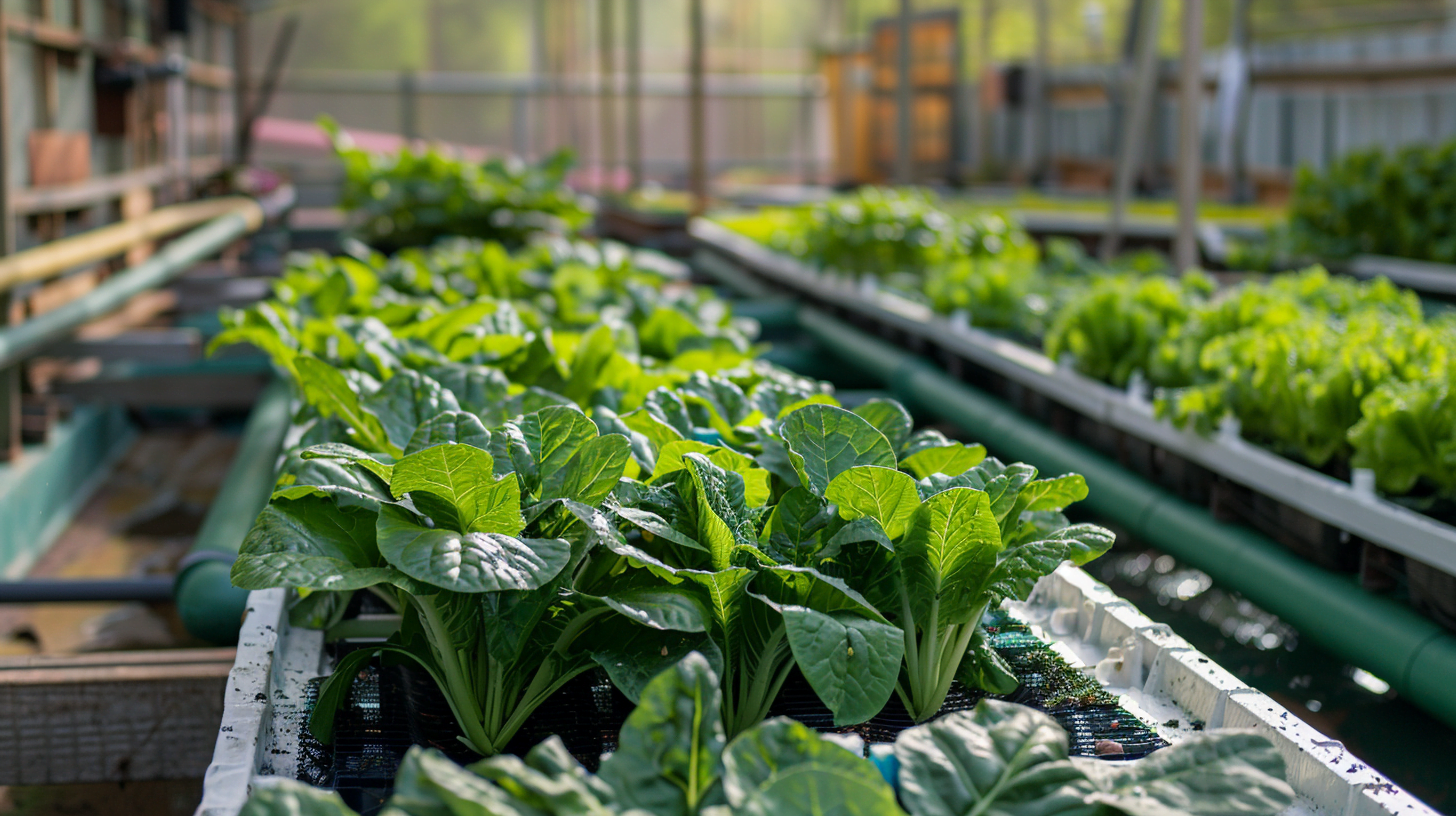Table of Contents
Introduction
Imagine having a constant supply of fresh, crisp lettuce right at your fingertips, no matter the season. The good news is, you can achieve this by regrowing hydroponic lettuce. This method not only saves money but also promotes sustainability and ensures you always have the freshest produce. In this comprehensive guide, we’ll explore everything you need to know about regrowing hydroponic lettuce, from the basics to troubleshooting common issues.
What is Hydroponic Lettuce?
Hydroponic gardening is a method of growing plants without soil, using mineral nutrient solutions in an aqueous solvent. This technique allows plants to grow faster and more efficiently by providing them with direct access to nutrients. Hydroponic lettuce, in particular, thrives in this environment due to its relatively simple nutrient requirements and quick growth cycle.
Benefits of Hydroponic Lettuce
- Faster Growth: Hydroponic systems can accelerate plant growth by up to 50% compared to traditional soil gardening.
- Water Efficiency: Hydroponic systems use up to 90% less water than soil-based gardening.
- Pest Control: Growing plants in a controlled environment reduces the risk of pests and diseases.
- Space Saving: Hydroponic systems can be set up vertically, making them ideal for small spaces.
Can You Regrow Hydroponic Lettuce?
Yes, you can regrow hydroponic lettuce! The process is straightforward and can be done with minimal equipment. By understanding the regrowth process and providing the right conditions, you can enjoy multiple harvests from a single plant.
Why It Works
Lettuce, like many leafy greens, has the ability to regrow from its base. When you cut the leaves, the plant can regenerate new growth from the remaining stump. This regrowth is possible because the plant’s meristematic cells, located at the base, remain active and can produce new leaves.
Materials Needed for Regrowing Hydroponic Lettuce
To get started, you’ll need the following supplies:
- Hydroponic Lettuce Stumps: The base of the lettuce plant after harvesting the leaves.
- Shallow Dish or Container: To hold the lettuce stumps and water.
- Water: Clean, preferably filtered water.
- Grow Lights (Optional): If natural light is insufficient.
- Hydroponic Nutrient Solution (Optional): To provide additional nutrients.
- pH Test Strips (Optional): To monitor and adjust the water’s pH level.
Step-by-Step Guide to Regrowing Hydroponic Lettuce
Preparing the Lettuce Stump
- Cutting the Lettuce: Use a sharp knife to cut the lettuce leaves, leaving about 1-2 inches of the base intact.
- Initial Setup: Place the lettuce stump in a shallow dish with about half an inch of water. Ensure the base is submerged but not the entire stump.
Regrowing in Water
- Water Requirements: Change the water every 1-2 days to prevent stagnation and algae growth.
- Light Conditions: Place the dish in a location with indirect sunlight or under grow lights for 12-16 hours a day.
- Nutrient Addition: After the first week, you can add a diluted hydroponic nutrient solution to the water to promote growth.
Transferring to Soil (Optional)
- When to Transfer: Once the roots are about 1-2 inches long and new leaves have started to grow, you can transfer the lettuce to soil.
- How to Transfer: Gently remove the lettuce from the water and plant it in a pot with well-draining soil.
- Soil Requirements: Use a light, nutrient-rich soil mix and water regularly to keep the soil moist but not waterlogged.
Troubleshooting Common Problems
Algae Growth
- Prevention: Keep the water container clean and change the water frequently.
- Management: If algae appear, scrub the container with a mild bleach solution and rinse thoroughly before refilling with fresh water.
Nutrient Deficiencies
- Identification: Look for yellowing leaves or stunted growth.
- Correction: Add a balanced hydroponic nutrient solution to the water and ensure the pH is between 5.5 and 6.5.
Pests and Diseases
- Common Issues: Aphids, whiteflies, and fungal diseases can affect hydroponic lettuce.
- Solutions: Use organic insecticidal soap for pests and ensure good air circulation to prevent fungal growth.
Tips for Successful Regrowth
- Optimal Conditions: Maintain a temperature between 60-70°F and provide adequate light.
- Regular Maintenance: Monitor water levels, change water regularly, and check for signs of nutrient deficiencies.
- Experimentation: Try different lettuce varieties and hydroponic setups to find what works best for you.
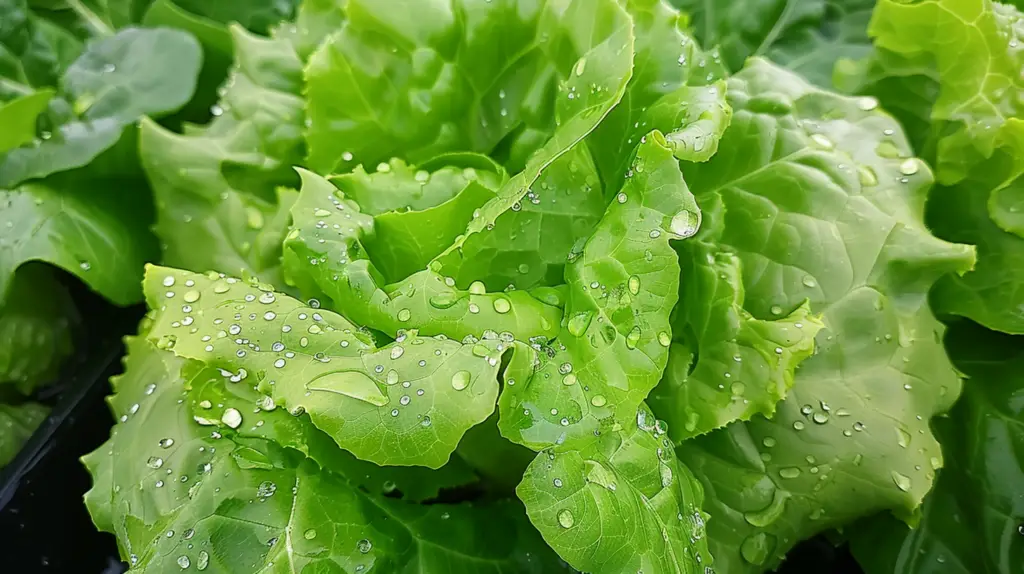
Harvesting Your Regrown Lettuce
When to Harvest
- Signs of Readiness: Harvest when the leaves are about 4-6 inches long and have a vibrant green color.
How to Harvest
- Techniques: Use scissors to cut the outer leaves, leaving the inner leaves to continue growing.
Storing Fresh Lettuce
- Best Practices: Store harvested lettuce in a plastic bag in the refrigerator. It can stay fresh for up to a week.
Frequently Asked Questions (FAQs)
- Can I regrow lettuce from store-bought hydroponic lettuce? Yes, as long as the base is intact.
- How many times can I regrow hydroponic lettuce? Typically, you can regrow lettuce 2-3 times before the quality diminishes.
- Do I need special seeds for hydroponic lettuce? No, but hydroponic-specific seeds may yield better results.
- What are the best hydroponic systems for beginners? Simple systems like Kratky or Deep Water Culture (DWC) are great for beginners.
- How long does it take to regrow hydroponic lettuce? It usually takes 2-3 weeks for the lettuce to regrow to a harvestable size.
Conclusion
Regrowing hydroponic lettuce is a rewarding and sustainable way to enjoy fresh greens year-round. By following the steps outlined in this guide, you can successfully regrow lettuce and enjoy multiple harvests from a single plant. Give it a try and experience the benefits of homegrown, hydroponic lettuce.
